I don't understand why no one can give a visual guide for this. So after reading lots of explanations on how it's to be done, I did it, and took pictures. If anyone sees anything wrong with what I did, please let me know.
First off, I set out to replace all three thermostats in the back of my Whirlpool dryer. There is one on the Fan assembly, one near the bottom of the heating tube, and one near the top.
When I got the parts from searspartsdirect.com, I gave them the parts off of the parts list for my exact model. The lady didn't tell me that the replacement for one of them would include another one, and that it would look different.
3387134 is the Fan Thermo.. replaced no problem.
3399693 is the lower Thermostat
3977393 is the upper Thermal Cut off
What I got was a different part for the lower thermo (3977767, which is a smaller thermo) and a replacement kit part 279816 for the upper.
It contains what we all know and love, the upper TCO, and a wierd 3390291 for the lower that doesn't have the same J hook connector to the Heating Element.
After talking to a local appliance repair guy, he said it would be best to go with the kit, and do not use the 3977767 part as the 279816 is a newer release, and is paried with the upper TCO.
so.. I've collected pictures of the whole process as I did it. I hope this helps anyone else doing it, or more importantly, if someone sees something I did wrong, let me know. :)
These are thumbnails to the images on my image hoster. You can browse the album directly if you want to. Hope the image quality is decent enough to see. Comments above the pic.
Pic of back of dryer. Fan assembly on left, Heating element on right.

Close up of the Thermal Cut off
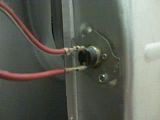
Close up of the Thermostat
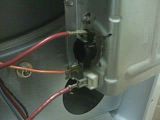
Removing the Heating Element housing
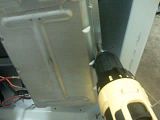
And it's off!
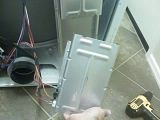
Close up of the Thermo. Notice the Red and Orange wires from the Dryer on the left, and the connector to the Element.
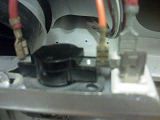
Prying off the connector
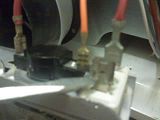
Removing wires
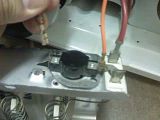
Inspection of the bad thermo
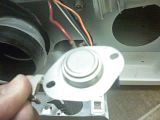
Removing the Thermal Cut Off
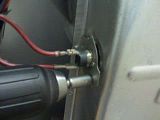
Inspection of the bad TCO

Comparing old and new, just in case
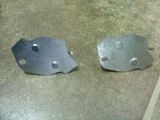
Replaced TCO.... This is definitely the easy part.
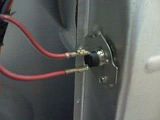
Ok, This is the replacement part for the LOWER Thermostat that came by itself. This is part number 3977767. This is not to be used. See how it has the J connector on it? You'd think this would be the right part, but noooo.
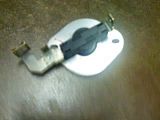
Notice the 3977767 has a smaller bulb.
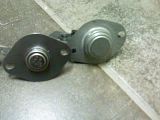
Comparison of the correct part that came in the 279816 kit, part 3390291. See it's missing the J connector.
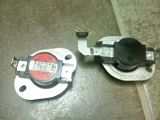
But it has the correct sized bulb.
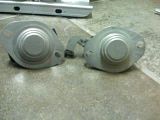
Instructions state to bend down the tab that the old one was held in by
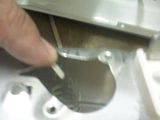
A little tough, but you don't need to bend it that far.
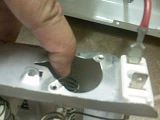
Place the new Thermo in place
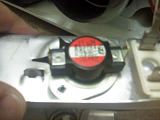
And fasten with supplied screws.
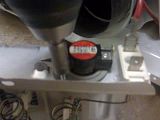
Pretty neat huh?

Ok, now inspect the wires. These are the red and orange ones removed from the thermo
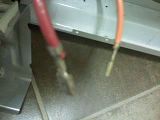
This is what came with the kit. One jumper wire, two connectors, one brass, one grey.
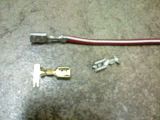
Notice something important. The jumper wire has different sized connectors. You want to leave the larger one as it will connect to the heating element where the J connector used to. Cut off the smaller one.
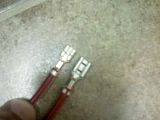
Snip.. no going back now.

eeeek.
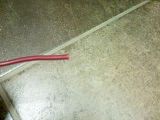
Strip it.
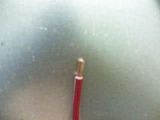
And place the brass funny looking connector on it. Crimping it seems to be a pain in the butt, as the wires don't seem to want to be contained by the little small prongs. The larger prongs on end are to grip the insulation. Make sure it's all nice and neat.
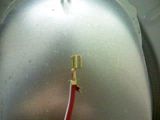
Ok, next cut off the connector from the orange wire connected to the Dryer. Again.. slight panic moment.
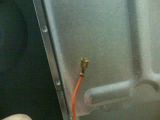
Strip it, put the grey connector on it, and crimp it in place. Easier, but make sure the crimp is tight so the wire doesn't pull out.
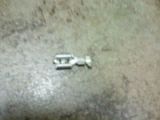
All done.
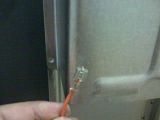
Ok, now shove the new orange with grey connector onto the extra flappy looking thing on the brass connector. They should look like they are having...well.. inappropriate contact.
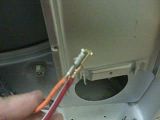
then push the little lovebirds onto the thermostat.
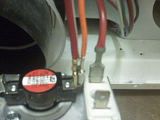
Then push the other end of the red jumper wire onto the Heating Element.
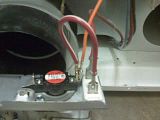
Then connect the remaining red wire from the Dryer onto the Thermo.
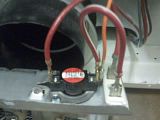
Replace the Heating Element housing, and secure.
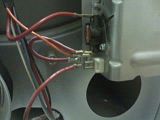
At this point I'd re-plug the dryer in and test it. Everything looked ok to me, but we are going to run a few loads to see, and hope it doesn't burn the house down. :)
Please let me know if you have any comments. I hope this doesn't make the post too huge to be useful.
Mike